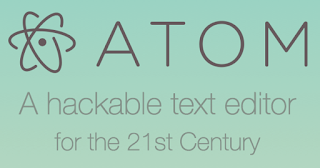The Future is NOW: Web3.0
The age of Web 2.0 has brought us many useful, enhancing, and life improving technologies and products that millions of people around the world use everyday. At the forefront of all this are the dynamic and responsive websites that have come to define Web2.0 in their transition onto other platforms such as mobile devices. The internet had gotten a whole lot more social with the advent of sites such as Facebook, Instagram and Twitter just to name a few. E-commerce has also seen great advancements that have allowed businesses to jump into the digital age and out of just brick and mortar shops. But what is next? Here I will discuss Web 3.0 How could be have it any better than we do now when it comes to all these advanced apps. From keeping in touch with friends, to shopping and banking, we are digital. Web 3.0 is probably already here. The defining technology of Web2.0 is the way users communicate with a website which in turn talks to a database server and returns on the second reque

